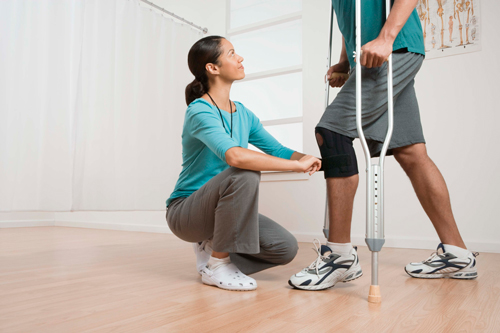
Knee problems associated with cartilage damage are not fun. Particularly prone to damage is the articular cartilage, which covers the end of bones where they meet, or articulate, with another bone, such as the knee, to provide shock absorption and enable the joint to withstand weight bearing needed to perform daily activities and sports. Once the cartilage is damaged, it continues to deteriorate over the years, resulting in constant pain and reduced mobility.
Some procedures can alleviate symptoms but do not provide lasting results. Because artificial joints only last 10 to 15 years, knee replacement for younger patients is often discouraged. Usually reserved for those with limited areas of cartilage damage, cartilage replacement can be used in patients with certain knee problems to improve function. First, through arthroscopic surgery, a surgeon harvests the cells (chondrocytes) that make up your own cartilage, places them in an enclosed container and sends them to a lab where they are allowed to multiply. Then, during a second surgery, which entails opening up your knee to remove damaged articular (surface) cartilage, the newly “grown” cells are inserted into the damaged areas of your knee by injection.
This zone is then covered with a special patch, and the hope is that new cells will provide a new surface over time. Because early therapy is the key to successful outcomes with this type of procedure, you will probably meet with a hospital staff physical therapist even before being discharged. You will learn how to move while placing minimal weight on your knee. You may also use a continuous passive motion device to reduce joint stiffness and enhance healing. To protect your fragile knee surface while it heals, you might wear a leg brace for a short period of time. In the following months, we will help you to start walking unassisted, eventually moving on to gentle cycling after about three months and low-impact sports by six months postoperatively. You might have to take at least a year off from high-impact sports, but by following your rehabilitation program, you can expect improvements in function and, eventually, a full return to normal activities.
